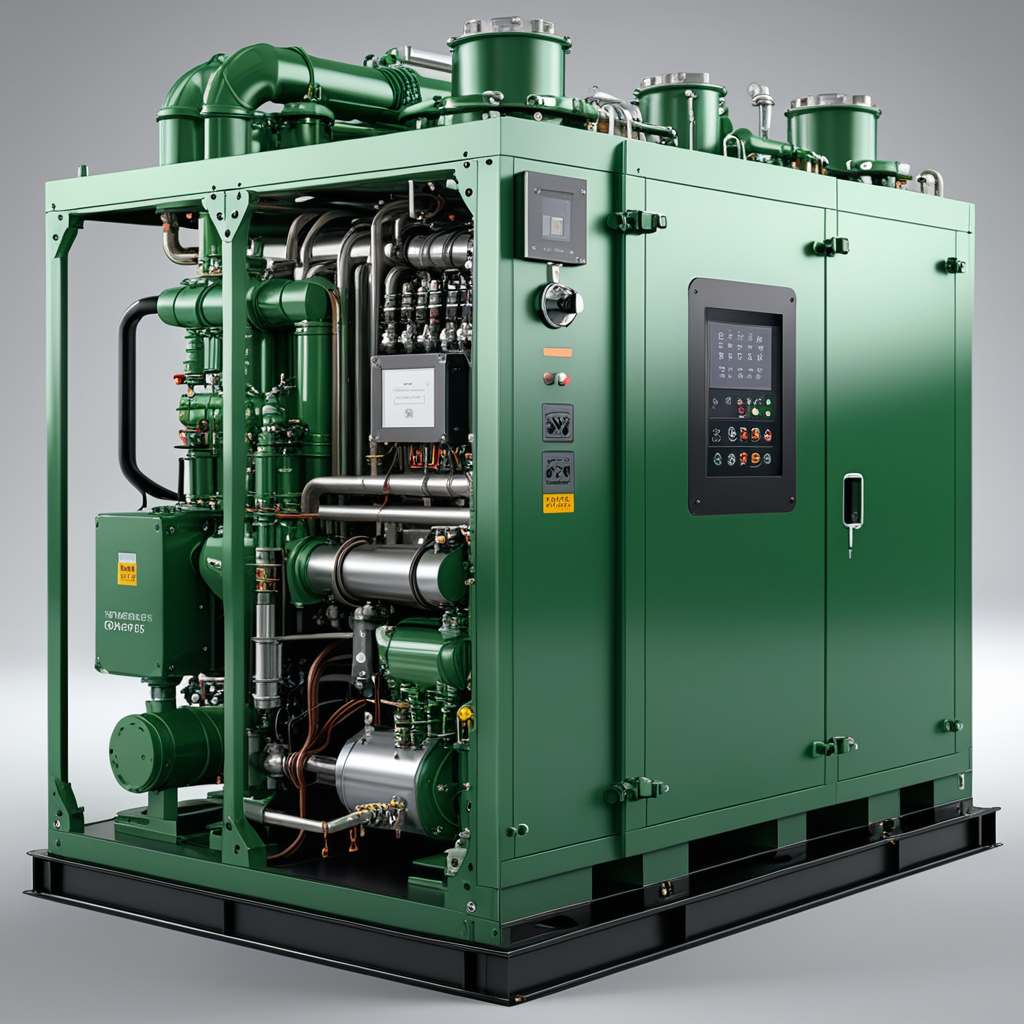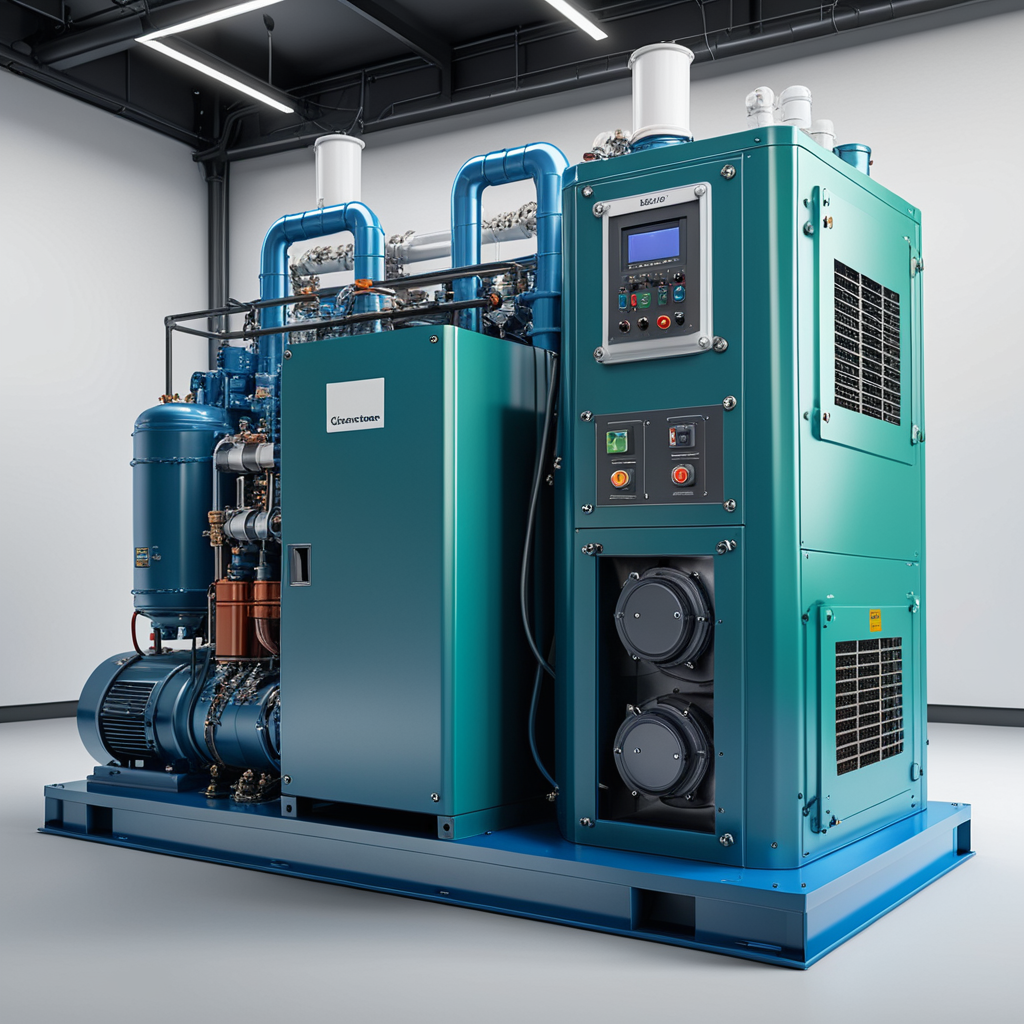Alkaline Electrolysis (AEL)
Alkaline electrolyzers represent a time-tested technology for hydrogen production, with a history spanning nearly a century. This mature technology is a cornerstone of large-scale hydrogen production, particularly when powered by renewable energy sources.

Alkaline Electrolysis Solutions
| Solution Component | Description |
|---|---|
| Electricity Supply | Renewable energy-powered electrolysis |
| Water Purification | Advanced water treatment systems |
| Hydrogen Production | Purified and compressed hydrogen output |
| Integration Capabilities | Carbon capture, e-methanol production, hydropower integration |
Electrolyzer Mechanism
Alkaline electrolyzers utilize an alkaline solution, typically potassium hydroxide (KOH), as the electrolyte. The core structure comprises two electrodes - the anode and cathode - separated by a specialized diaphragm or membrane. This configuration enables the efficient splitting of water into hydrogen and oxygen through an electrochemical process.

100 MW Green Hydrogen Block - Full EPC Solution
| System Component | Specification |
|---|---|
| Hydrogen Production Capacity | 20,000 Nm³/h |
| Key Systems Included | Water Treatment, Electrolyzer, Purification, Compression, Cooling, MV Distribution, AC/DC Conversion, Electrical & Automation Equipment |
| Civil Construction | Comprehensive site development |
Advantages of Alkaline Electrolyzers
| Advantage | Description |
|---|---|
| Technology Maturity | Proven technology with decades of industrial application |
| Material Composition | No precious metals used - primarily steel and nickel |
| Economic Efficiency | Lower capital expenditure for large-scale applications |
Future of Green Hydrogen
Alkaline electrolysis continues to play a crucial role in the transition to clean energy. By leveraging mature technology and innovative design, these systems provide a scalable and cost-effective solution for large-scale green hydrogen production, supporting global decarbonization efforts.
